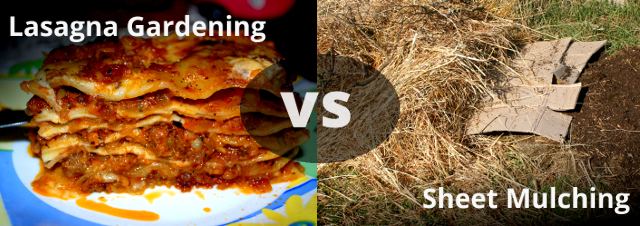Sheet mulching is a gardening technique that involves layering organic materials on top of the soil to suppress weeds, retain moisture, and improve soil fertility. This method is a great way to create healthy and productive garden beds without the need for chemical fertilizers or herbicides.
One of the key benefits of sheet mulching is that it can help to build healthy soil by adding organic matter and nutrients. The layers of organic materials break down over time, providing a steady supply of nutrients to plants. This can result in healthier, more productive plants that are less susceptible to pests and diseases.
Sheet mulching can also help to suppress weeds by blocking out light and preventing weed seeds from germinating. This can save gardeners time and effort in weeding, allowing them to focus on more enjoyable aspects of gardening. Additionally, the mulch layer helps to retain moisture in the soil, reducing the need for frequent watering.
When sheet mulching, it is important to use a variety of organic materials such as cardboard, newspaper, straw, leaves, and compost. Begin by laying down a thick layer of cardboard or newspaper to smother existing weeds. Then, add layers of straw, leaves, and compost to build up the mulch layer. Water the layers well to help them break down and begin enriching the soil.
Sheet mulching is a sustainable gardening practice that not only benefits the garden but also the environment. By reducing the need for chemical inputs and promoting healthy soil, sheet mulching helps to create a more resilient and biodiverse ecosystem. So, next time you are planning to start a new garden bed or rejuvenate an existing one, consider using the sheet mulching technique for a healthier and more productive garden.
In conclusion, gardening sheet mulching is a simple and effective way to create healthy and productive garden beds. By layering organic materials on top of the soil, gardeners can suppress weeds, retain moisture, and improve soil fertility. This sustainable gardening practice benefits both the garden and the environment, making it a win-win solution for any gardener.
